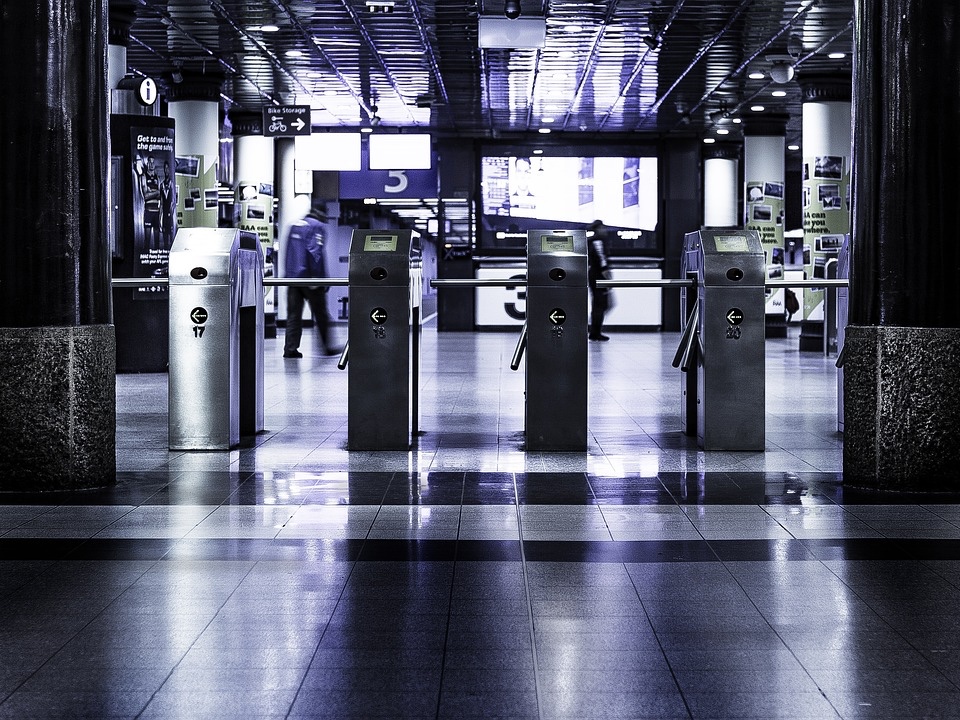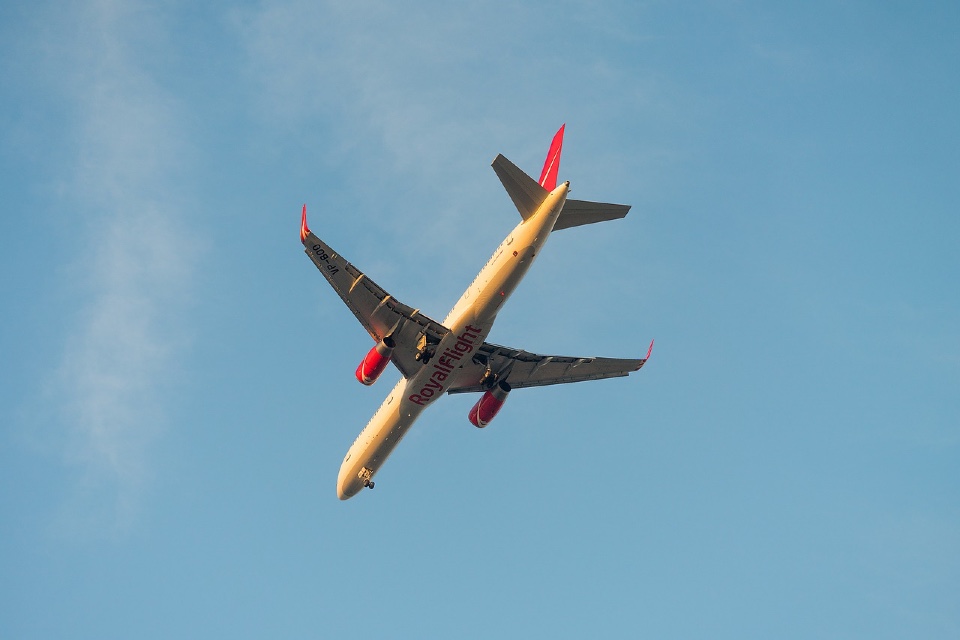The realm of airport security, a vital component in ensuring the safety of millions of passengers each year, has seen a significant evolution, particularly in the UK. Advanced screening and scanning solutions have progressively transformed the landscape, enhancing security measures and improving passenger experience. Let’s fly through this evolution and see how technology has brought about these changes…
The story of airport security starts with traditional methods – manual checks and metal detectors. For years, these formed the crux of airport security, supplemented by X-ray scanners for baggage. However, the need for more comprehensive and efficient screening became evident with the growing complexity of threats and the increasing volume of air traffic.
One of the most significant leaps forward came with the introduction of millimetre-wave scanners in the mid-2000s. These full-body scanners, which use radio waves to detect objects concealed under clothing, offered a far more detailed check than metal detectors could provide. The adoption of this technology marked a key shift towards recognising the importance of balancing security with passenger privacy and health concerns.
Simultaneously, advancements in baggage scanning technologies have also been noteworthy. Traditional X-ray scanners have given way to more sophisticated computed tomography (CT) scanners, similar to those used in the medical field. These systems generate detailed 3D images, allowing security personnel to virtually unpack a bag and inspect it from every angle. Such technology significantly improves the detection of potential threats, including explosives, concealed within complex items.
The application of Artificial Intelligence (AI) and Machine Learning (ML) in airport security marks the latest phase of this evolution. AI algorithms are being used to automate the analysis of scanned images, identifying potential threats with high accuracy and speed. This not only reduces the burden on security personnel but also minimises the chance of human error.
In addition, biometric technology is changing the face of airport security in the UK. Biometric data, such as fingerprints, facial recognition, and iris scans, are being integrated into security checkpoints, linking identity verification directly with individual passengers. This not only enhances security but also streamlines the passenger journey, contributing to a more seamless travel experience.
Sustainability is also emerging as a consideration in the evolution of airport security. Energy-efficient scanners, automated systems that reduce the need for printed boarding passes or ID documents, and the integration of renewable energy sources into the airport infrastructure reflect the industry’s growing commitment to environmental responsibility.
The evolution of airport screening and scanning solutions in the UK reflects broader trends in technology, security, and society. From manual checks to AI-assisted scanning, the changes have not only made air travel safer but also more efficient and passenger-friendly.
Looking to the future, the field is ripe for further innovation, with potential developments such as AI advancements, real-time threat intelligence sharing, and even more seamless biometric systems.
Despite the challenges, the aim remains the same: ensuring the safety and security of passengers while making the journey as smooth as possible. The sky, it seems, is the limit for the evolution of airport security.
Is your transit organisation in the process of sourcing screening and scanning solutions? The Total Security Summit can help!







